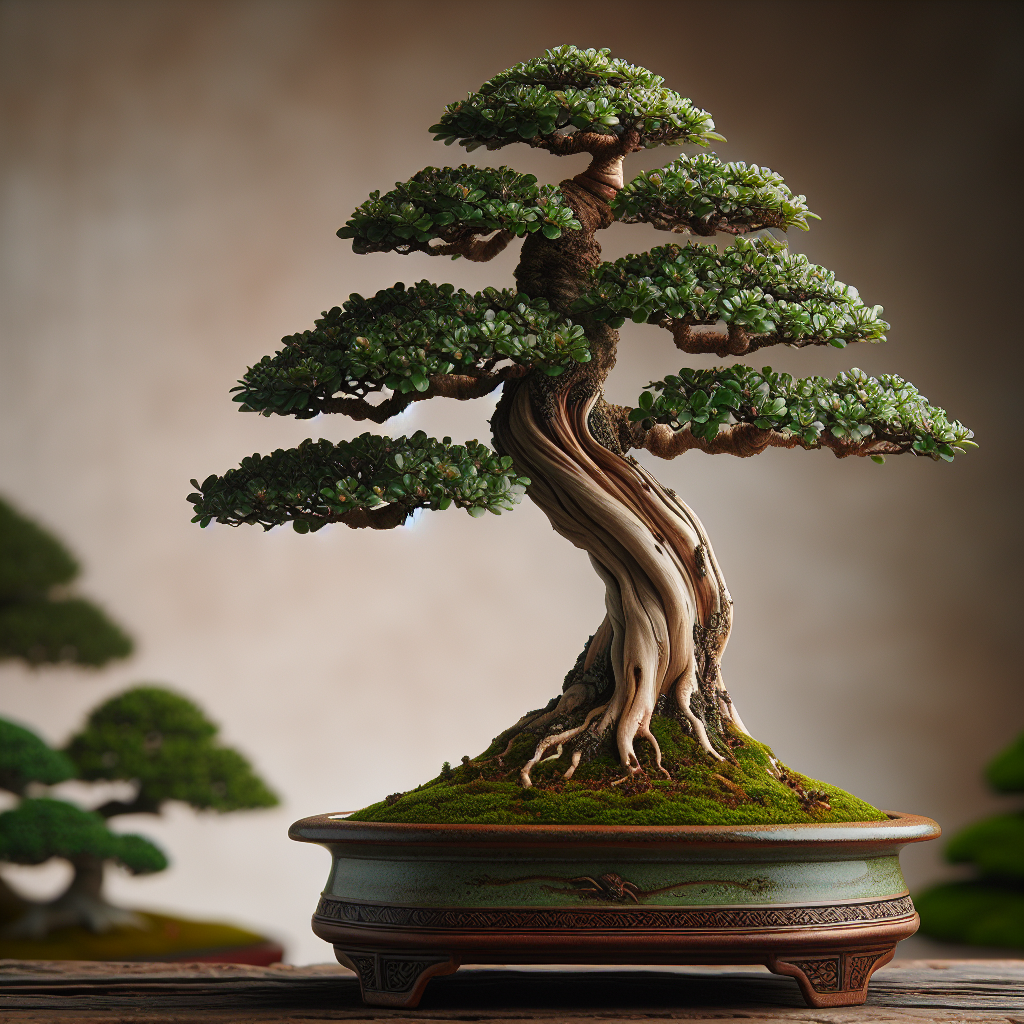Table of Contents
Imagine a world where you can hold a 100-year-old tree in the palm of your hand. A world where nature meets artistry in the form of miniature trees carefully cultivated and shaped into living works of art. This is the world of bonsai, a centuries-old Japanese tradition that has captivated people around the globe with its beauty and simplicity.
Whether you’re a seasoned gardener or a complete beginner, the art of bonsai offers a unique and rewarding experience. In this article, we will explore the fascinating world of growing miniature trees in containers, from selecting the right plant to mastering pruning techniques. Join us on this journey into the intricate and meditative practice of bonsai cultivation.
The Beauty of Bonsai
One of the most striking aspects of bonsai is its ability to capture the essence of nature in a compact form. The beauty of a well-crafted bonsai lies in its harmony with its surroundings, creating a sense of peace and tranquility wherever it is displayed. From elegant junipers to delicate cherry blossoms, each bonsai tree tells a story through its carefully sculpted branches and lush foliage.
Selecting the Right Tree
Choosing the right tree is crucial when starting your bonsai journey. While almost any tree or shrub can be grown as a bonsai, some species are more suited to this art form than others. Common choices for beginners include junipers, ficus, and Chinese elms, which are hardy and forgiving plants that are relatively easy to care for.
Caring for Your Bonsai
Proper care is essential for maintaining the health and beauty of your bonsai tree. Like any living plant, bonsai trees require adequate sunlight, water, and nutrients to thrive. It’s important to place your bonsai in a location that receives sufficient sunlight throughout the day, as most species require at least six hours of light to grow properly.
Pruning and Shaping Techniques
Pruning is an essential part of bonsai cultivation, as it helps maintain the tree’s shape and size while promoting new growth. Regular pruning can also improve airflow and prevent disease by removing dead or overgrown branches. When shaping your bonsai, it’s important to work gradually and carefully, using sharp scissors or pruning shears to make clean cuts without damaging the bark.
Bonsai Styles
Bonsai trees come in various styles that reflect different aspects of nature, such as formal upright, informal upright, slanting, cascade, and semi-cascade. Each style has its own unique characteristics and requires specific techniques to achieve. By studying different styles and experimenting with shaping techniques, you can create your own signature look that reflects your personal aesthetic.
Frequently Asked Questions (FAQ)
- Q: How often should I water my bonsai?
- Q: Can I grow a bonsai indoors?
- Q: How long does it take to create a mature-looking bonsai?
- Q: Do I need special tools for caring for mybonsaio?p
A: While specialized tools like concave cuttersandjinning pliers can aid in pruningandsuturing,don’tneed these toolsright awayasordinary household scissorsandpruners will sufficeforbeginners.
A: The frequency of watering depends on factors such as climate, soil type, and tree species. In general, it’s best to water your bonsai when the soil feels slightly dry to the touch but not completely dried out.
A: While some species can thrive indoors under proper conditions like humidity levels and sufficient light exposure,
A: It takes years or even decades for a bonsaito reach maturity depending on various factors such as species,
growth rate,













